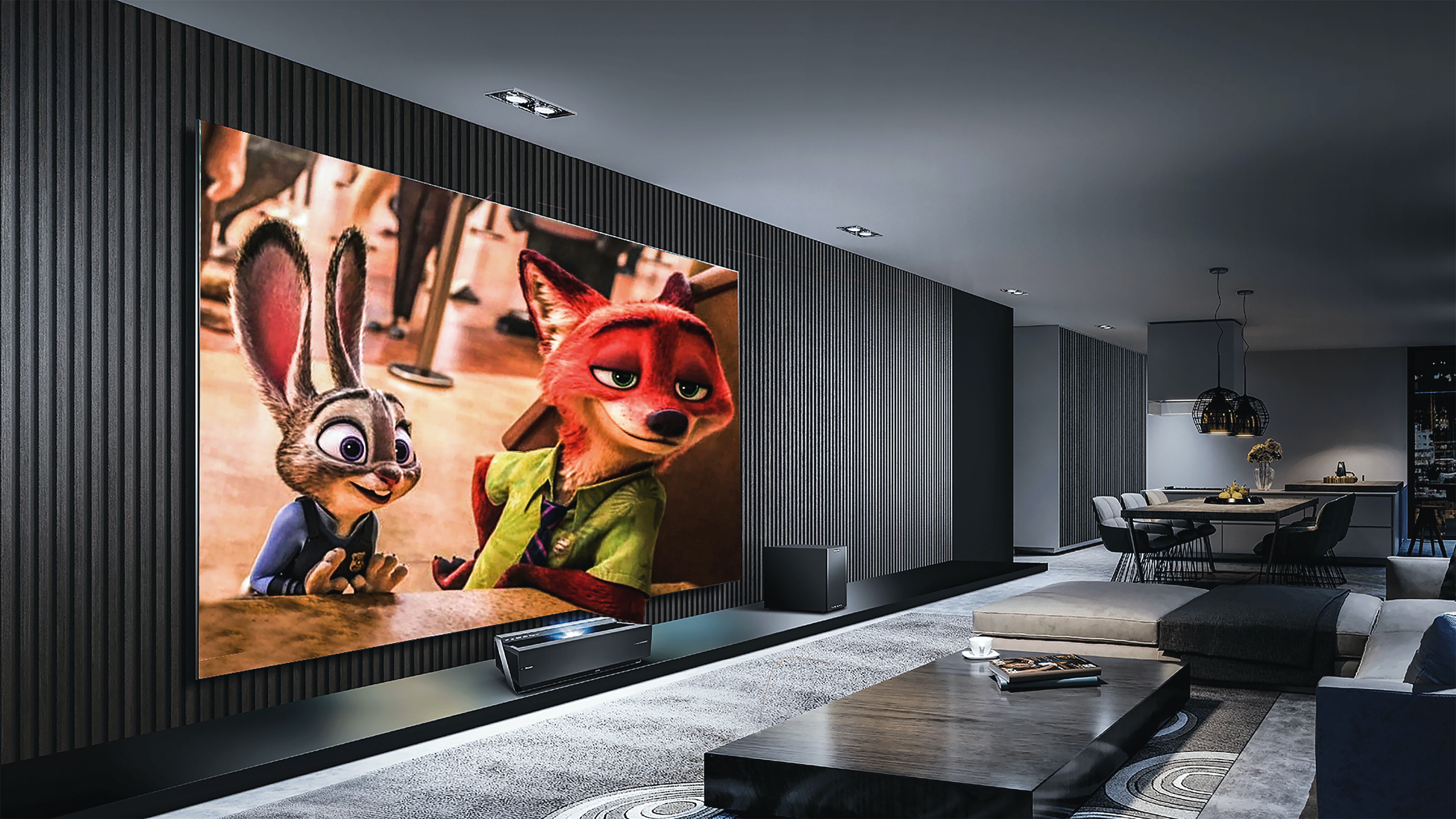There was a time that the only way to make movies sound better was to turn up the volume. These days, audio engineering has given us the gift of immersive entertainment. Sound technology has evolved to make you feel as if you are right where the action is. In fact, one of the leaders of creating movie magic sound is none other than Dolby Laboratories.
Have you ever sat in a movie theater, heard the signature Dolby Atmos tag, and thought to yourself—what is Dolby Atmos? If yes, this article is for you.
What Is Dolby Atmos?
Developed by Dolby Laboratories, Dolby Atmos is a type of surround sound technology that creates the illusion of three-dimensional objects. Using height channels and precisely placed sounds, it helps give an accurate representation of its intended environment.
How Does Dolby Atmos Work?
Unlike other forms of surround sound, Dolby Atmos configures audio as objects. With this, audio isn’t just limited anymore to the basic channels. Instead of a vertical or horizontal movement, it’s treated as an object that exists within a space.
Using Dolby Atmos, there are 128 available tracks. Ten of which are used to create ambient stems, while the remaining 118 are used for various audio objects. Each of these objects contains metadata that helps compatible devices understand how to process it into audio.
Where Can Dolby Atmos Be Used?
To maximize the use of Dolby Atmos, it is recommended to use as many compatible speakers as possible. For example, a movie theater is one of the most notable uses for the full Dolby Atmos experience. Commercial movie theaters typically utilize all 64 speakers.
Thankfully, it is still possible to experience Dolby Atmos with less complicated systems at home. For Dolby Atmos to work at home, it requires an audio-visual receiver (AVR). The AVR automatically knows information about the nearby speakers, such as their type and location.
Currently, Dolby Atmos for home theaters are limited to a maximum of 34 speakers. This means that the placement of sounds is not entirely as precise as it would be in a commercial theater. However, this doesn’t mean you need all 34 speakers to enjoy a movie. In fact, Dolby Technologies often recommends at least four speakers to get the minimal home theater experience. There are also endless options for Dolby Atmos compatible soundbars that can do the same job for less.
On the other hand, Dolby Atmos has also been implemented for mobile, but differently. From smartphones to headphones, you can have a similar experience in the palm of your hand. Mobile speakers and headphones can create a 360-degree listening experience by rendering the channels into a virtual binaural output.
Where to Find Dolby Atmos Compatible Content
Aside from hardware, it’s important to understand that not all content is compatible with Dolby Atmos. In fact, there was a time that it was only available on 4K and Blu-ray discs. However, these days you can steam Dolby Atmos-compatible content on platforms like Amazon Prime, Netflix, Vudu, Tidal, and Apple Music. In fact, you can even expect to experience Dolby Atmos in some of the top video games.
A good rule of thumb is that movies available in 4K will likely be compatible with Dolby Atmos. However, it may be limited to certain releases or subscription models. For example, the same movie available on different streaming sites may have varying support for Dolby Atmos.
On the other side of the coin, the quality of Dolby Atmos sound is also dependent on the quality of the mixing. While many platforms already integrate Dolby Atmos audio into their Ultra HD streaming plans, the quality of mixing varies across titles. Different movies or music soundtracks will have different ways of utilizing the technology to enhance the listening experience.
The Downsides to Dolby Atmos
While it’s definitely changed the game for commercial, theatrical entertainment, Dolby Atmos for home theater and mobile is where the contention comes. As with all types of hi-fi sound systems, the success of Dolby Atmos is very much dependent on how it is implemented—the channels, placement, and overall quality of the speakers. Unless you have a dedicated sound engineer, setting up the eleven channels necessary to get the full experience may be too much for the ordinary home theater owner.
When it comes to mobile phones, the technology is not as sophisticated as the ones found in full theater systems. In recent times, mobile devices use Dolby Atmos for Headphones, which simulate the Atmos theater experience but use stereo instead of the full channels.
Why Dolby Atmos Doesn’t Always Promise Quality
In 2020, The Guardian reported the growing need to use subtitles because of clarity issues for home theater viewers, citing several key reasons for this.
First, many directors watch the final cut of their movies from theaters inconsistent with how many people will watch them. The final screening room will often have a different size, varying number of speakers, and overall give a different experience versus large commercial theaters.
Second, many cinemas fail to play movies at the correct volume. Most cinemas will play movies at a significantly lower Dolby Atmos level if they find that it is too loud for the general population.
Lastly, unlike theaters, most home theaters don’t have the same capacity for dynamic sound. As a result, the quality and placement of speakers matter a lot towards the outcome. For this reason, many home theaters systems still use its predecessor, Dolby Digital, instead.
A Better Listening Experience
At the end of the day, there will always be a disparity between how a movie was made to be experienced versus the limitations of the devices wherein we watch them. However, this doesn’t mean that we won’t enjoy a good movie experience.
Despite its shortcomings, the wide adaptation of Dolby Atmos by creators incentives manufacturers to continually develop more affordable ways to experience surround sound. In the same vein, Dolby Atmos has enabled artists and producers to immerse listeners in a novel way.
Dolby Atmos is one of those innovations that change how we experience audio, from everything to training simulations, theatrical releases, and gaming at home. But, no matter what happens, we know that Dolby Atmos ushered in viewing experiences that defined a generation.



